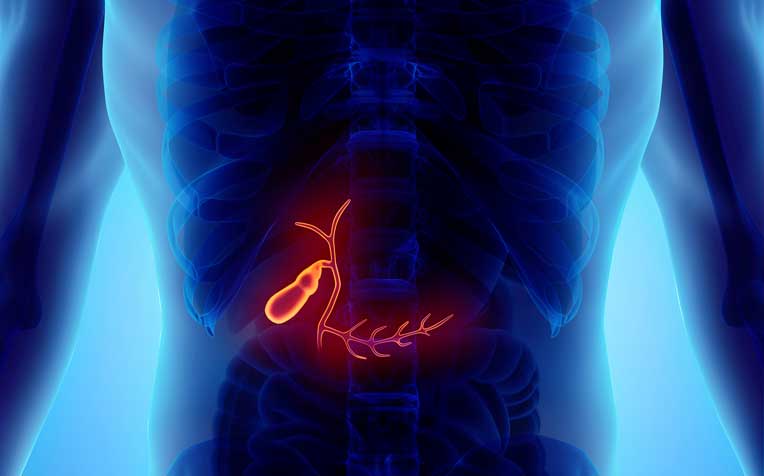HealthXchange will NEVER ask you to transfer money over a call. If in doubt, call the 24/7 ScamShield helpline at 1799, or visit the ScamShield website at www.scamshield.gov.sg.

Gallbladder disease occurs when the gallbladder is inflamed, blocked, or develops gallstones.
When does gallbladder disease occur?
When the gallbladder – a sac located under the liver – is inflamed, infected, blocked or develops gallstones, gallbladder disease occurs.
“There is no recent research that addresses the prevalence of gallbladder disease in Singapore,” says Dr Teo Jin Yao, Associate Consultant, Department of Hepato-pancreato-biliary and Transplant Surgery, Singapore General Hospital (SGH), a member of the SingHealth group. “But our surgical department performs approximately 400 operations to remove the gallbladder annually.”
Diagnosing gallbladder disease
In Singapore, gallstones are the most common type of gallbladder disease. Gallstones are usually diagnosed during health screenings or tests for other health conditions.
Different methods are used in the investigation of gallbladder disease:
- Ultrasound exam: This is the most sensitive and specific test for gallstones. Dr Teo explains: “A handheld device is glided over the abdomen, sending sound waves towards the gallbladder. The sound waves bounce off the gallbladder and liver, and their echoes make electrical impulses that create a picture of the gallbladder. If gallstones are present, sound waves will bounce off them showing their location.”
- CT scan: Dr Teo says: “The CT scan is a non-invasive x-ray test which produces cross-sectional images of the body. This test tends to be performed for complicated gallstone disease, or when other diagnoses need to be excluded.”
- Blood tests: These may also be done to look for signs of infection, obstruction, pancreatitis or jaundice.
- Endoscopic retrograde cholangio-pancreatography (ERCP): In this procedure, the patient is first sedated, then the doctor inserts an endoscope down the throat, through the stomach and into the first part of the small intestine, to locate and remove stones in the bile duct.
Read on to find out how gallbladder disease can be treated.
Ref: P16
Contributed by
Related Articles
Conditions & Treatments
Public Events
Get the Health Buddy App
© 2025 SingHealth Group. All Rights Reserved.


















 Get it on Google Play
Get it on Google Play